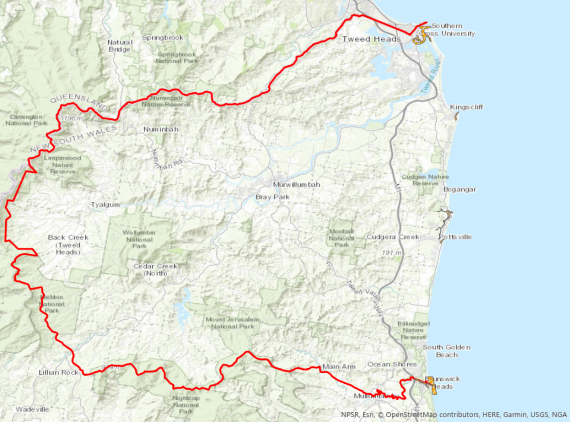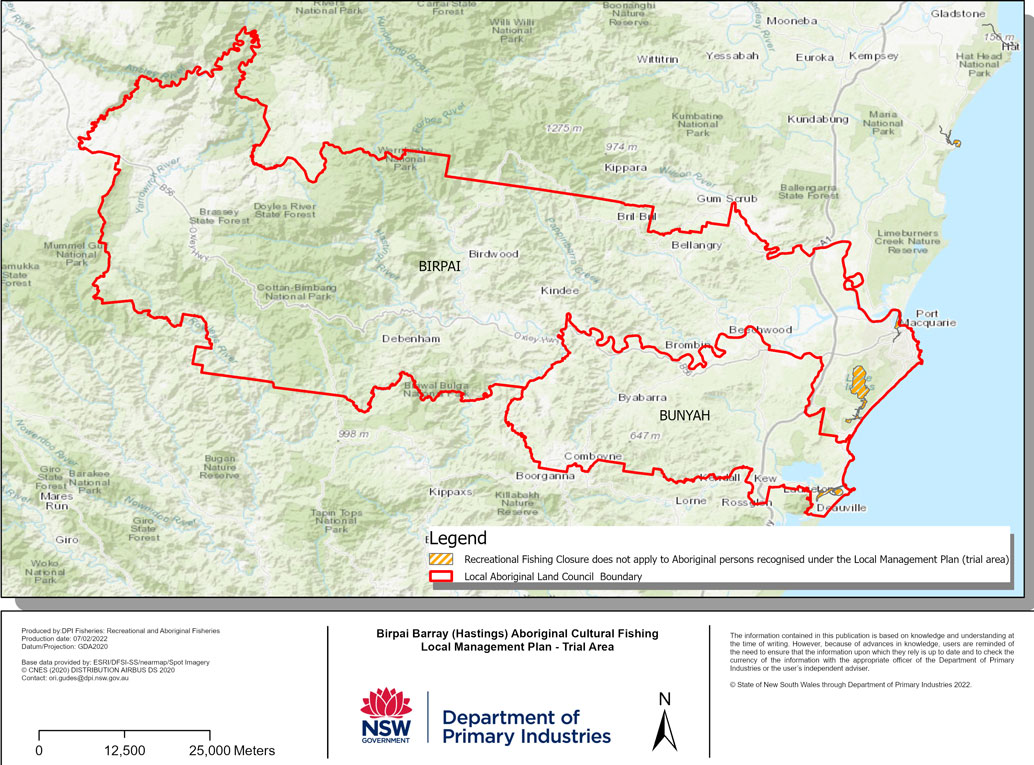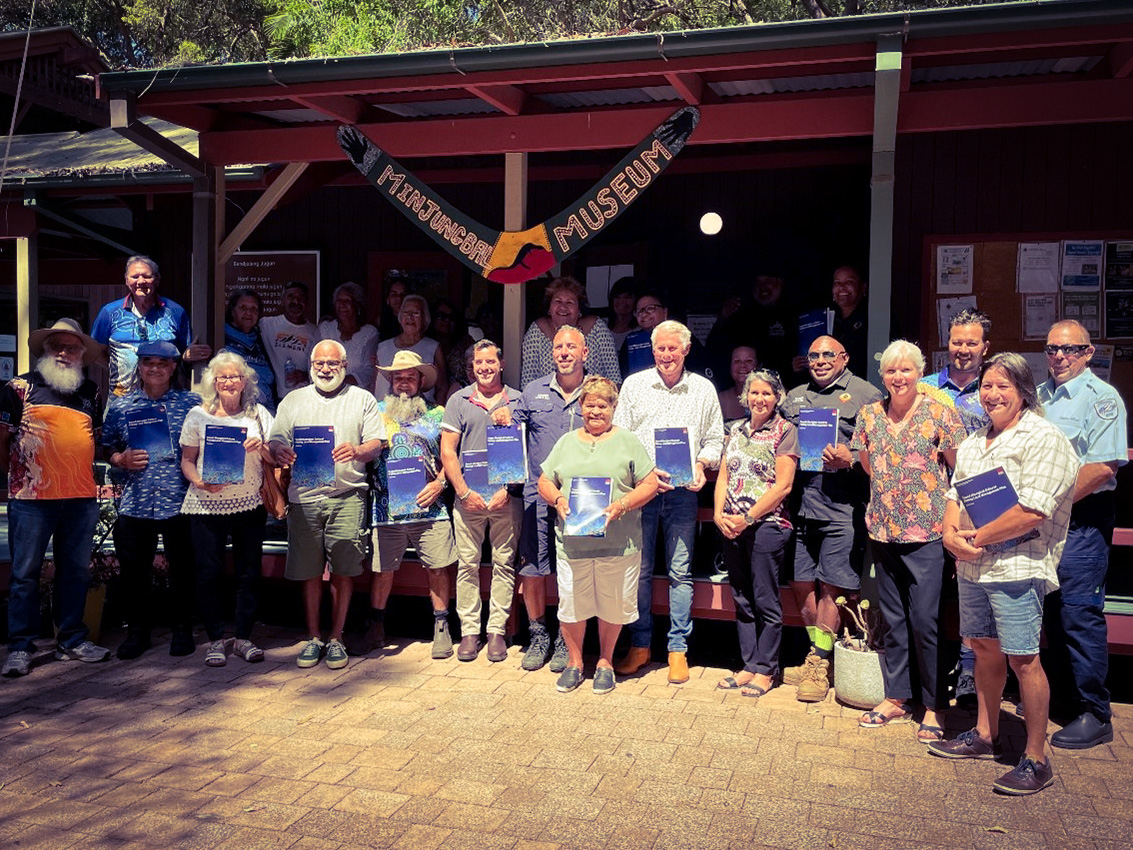Birpai Barray (Hastings) Aboriginal Cultural Fishing Management Plan
Tweed Aboriginal Cultural Fishing Management Plan
* All content used in the production of the Birpai Barray (Hastings) and Tweed Aboriginal Cultural Fishing Local Management Plan videos remains the intellectual property of the Birpai Barray (Hastings) and Tweed Aboriginal communities and is not to be used or reproduced for any other purpose without the consent of the Birpai Barray (Hastings) or Tweed Cultural Fishing Steering Committees.
Cultural fishing for us and the access for us, as a family is extremely important. We always maintain that connection, it's part of who we are as saltwater people.
Further information about the Birpai Barray (Hastings) and Tweed LMPs
Two trial LMPs for the Hastings and Tweed Aboriginal communities have been drafted through extensive community participation and will be evaluated to guide future management.
The 2 areas were selected for the trial following advice from Aboriginal Fishing Advisory Council (AFAC) and initial meetings with communities to confirm their interest in the approach and willingness to participate.
The LMPs will trial alternative cultural fishing arrangements within specific areas for a period of 2 years.
The trial approach will aim to facilitate greater engagement and involvement in the management of marine resources and cultural fishing activities for these 2 communities.
The trial LMPs will cover matters including:
- areas of fishing and fishing equipment to be used
- species of fish, including those of particular significance
- take and possession limits
- direct involvement in management of the trial and community-based management of cultural fishing.
For areas not covered by a LMP, the Aboriginal Cultural Fishing Interim Access arrangement (ACFIA) continues to apply for Aboriginal people seeking to exercise their cultural fishing.
Applications, under section 37 of the Fisheries Management Act 1994 (the Act), will continue to provide authority to fish beyond what is provided for under the ACFIA.
The Birpai Barray (Hastings) and Tweed LMPs will establish localised management arrangements which provide appropriate access for cultural fishing and fisheries management.
Supporting monitoring processes will be developed, taking into consideration culturally appropriate methodologies, to track performance of the LMPs over time.
This means, communities will have appropriate information for monitoring and reporting on fishing activities and catch data to play an active role in decision-making on fisheries resource management for the area covered by their LMP.
What areas are included in the Birpai Barray (Hastings) and Tweed LMPs?
Tweed Aboriginal Cultural Fishing Local Management Plan Map

Birpai Barray (Hasting) Aboriginal Cultural Fishing Local Management Plan map

The trial LMP applies to Aboriginal cultural fishing in the area defined within each plan and to those Aboriginal people covered by the respective plan.
Eligibility to participate
Eligibility to participate
Broad eligibility requirements include:
- residence in the Hastings or Tweed area
- cultural connection to the trial area
- identifying as an Aboriginal person.
If you meet the criteria above and would like to understand more about how to register to participate in the LMP trials for Birpai Barray (Hastings) or Tweed, please contact your relevant Local Aboriginal Land Council (below) or the Department of Primary Industries and Regional Development.
| Hastings | Tweed |
|---|---|
Birpai LALC Bunyah LALC | Tweed Byron LALC 21/25 Ourimbah Road, Tweed Heads, NSW 2485 (07) 5536 1763 admin@tblalc.com www.tblalc.com |
Where can I go to get more information?
Where can I go to get more information?
Bag limits, size limits and closed seasons
Bag limits, size limits and closed seasons
Restrictions around fishing apply to help ensure healthy, sustainable fisheries for future generations.
Size limits allow fish to reach maturity and complete their breeding cycle, while bag limits help to make sure everyone gets a fair share and species are not overfished.
- A summary of the Birpai Barray (Hastings) LMP Saltwater fishing rules click here (PDF, 1667.47 KB).
- A summary of the Birpai Barray (Hastings) LMP Freshwater fishing rules click here (PDF, 1268.28 KB).
- A summary of the Tweed LMP Saltwater fishing rules click here ( PDF, 2465.56 KB).
- A summary of the Tweed LMP Freshwater fishing rules click here (PDF, 2125.7 KB).
To find out more information on the Birpai Barray (Hastings) LMP trial click here (PDF, 2034.92 KB).
To find out more information on the Tweed LMP trial click here (PDF, 1587.86 KB)
The NSW Government acknowledges that it stands on Aboriginal land. We acknowledge the traditional custodians of the land and we show our respect for elders past, present and emerging through thoughtful and collaborative approaches to our work, seeking to demonstrate our ongoing commitment to providing places in which Aboriginal people are included socially, culturally and economically.


